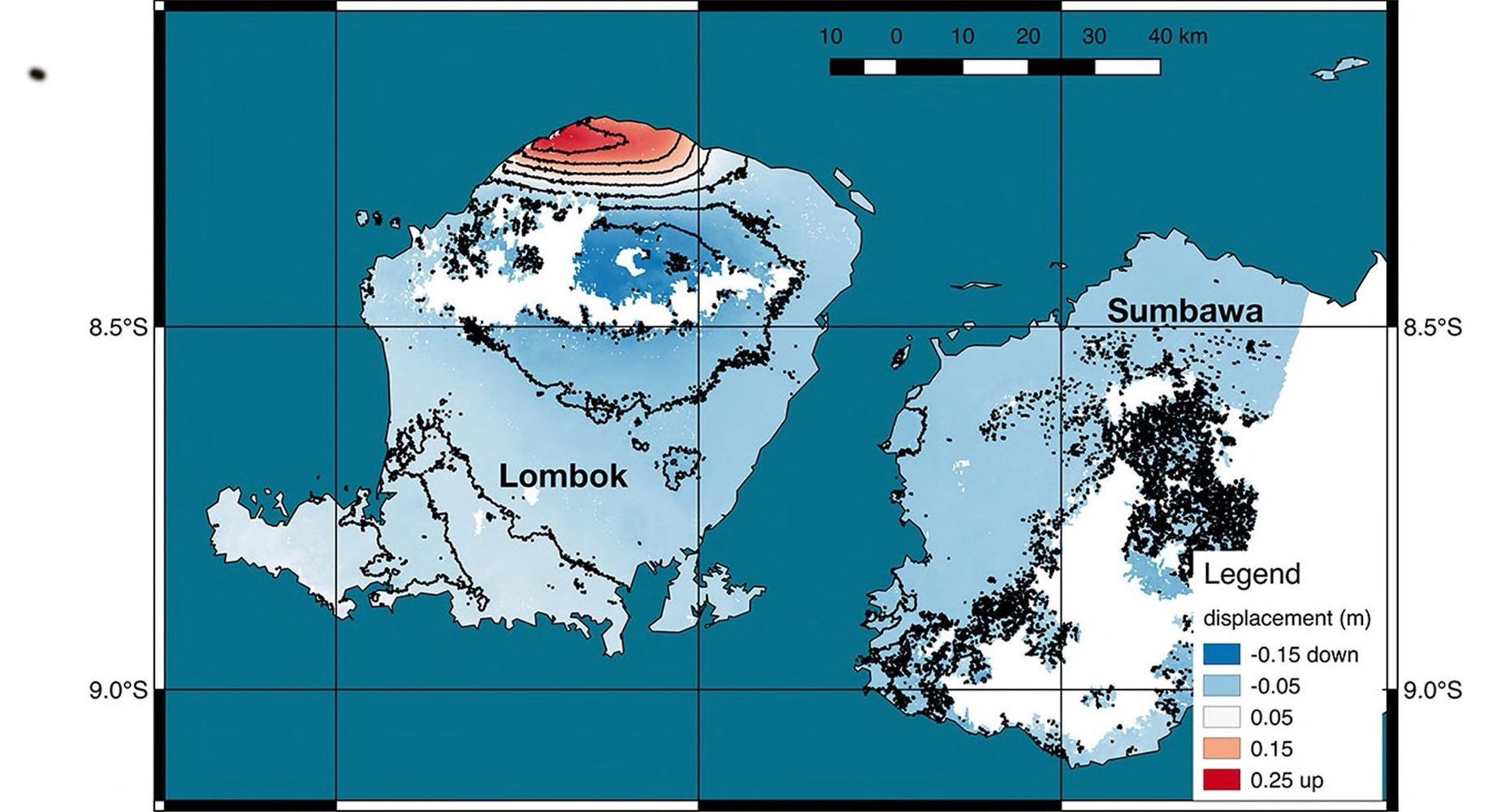Archive for the ‘space’ category: Page 830
Aug 16, 2018
Settling Arguments About Hydrogen With 168 Giant Lasers
Posted by Genevieve Klien in categories: physics, space
With gentle pulses from gigantic lasers, scientists at Lawrence Livermore National Laboratory in California transformed hydrogen into droplets of shiny liquid metal.
Their research, reported on Thursday in the journal Science, could improve understanding of giant gas planets like Jupiter and Saturn whose interiors are believed to be awash with liquid metallic hydrogen.
The findings could also help settle some fractious debates over the physics of the lightest and most abundant element in the universe.
Continue reading “Settling Arguments About Hydrogen With 168 Giant Lasers” »
Aug 16, 2018
China will send a rover to the far side of the Moon in December
Posted by Genevieve Klien in categories: robotics/AI, space
The United States and Russia aren’t the only two nations working hard at realizing their space-faring dreams. China has quickly ramped up its high-flying ambitions in the past couple of decades and late 2018 will mark a real milestone for the country’s space program. The country just announced that it plans on launching a lunar rover to the far side of the Moon in December of this year.
The announcement comes via China’s state-run news agency CCTV, and China seems bullish on the prospect of being the first country to explore the far side of Earth’s moon with a robotic rover.
The mission, named Chang’e 4, follows in the footsteps of its predecessor (you guessed it, Chang’e 3) which saw a rover nicknamed “Jade Rabbit” land on the near side of the Moon back in 2013. That rover ran out of steam in August of 2016, and the model that will be flying to the far side is built largely of backup parts from the Chang’e 3 mission.
Aug 15, 2018
Can’t get out of bed? NASA picked the perfect songs to wake up its Mars rover
Posted by Genevieve Klien in categories: energy, space
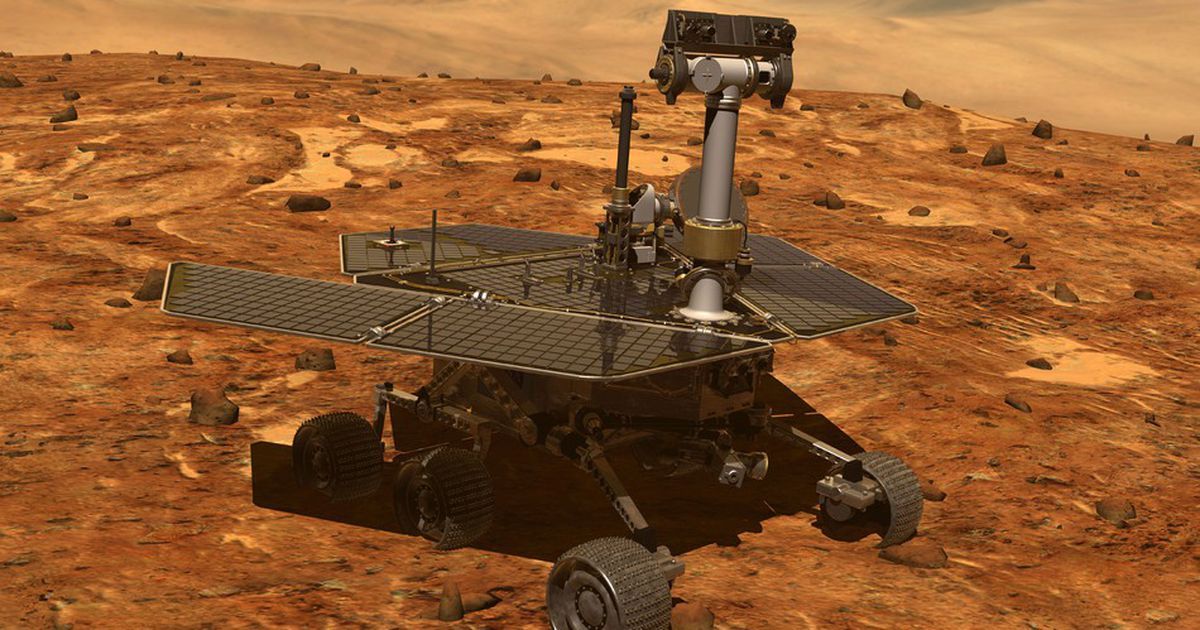
NASA engineers have crafted a themed playlist to greet their sleeping Opportunity rover on Mars, which lost power in a Martian dust storm in June.
Aug 15, 2018
India to launch its first manned space mission by 2022
Posted by Genevieve Klien in category: space
Aug 15, 2018
Let’s pray for clear skies 🙏
Posted by Michael Lance in categories: space, transportation
The International Space Station (ISS) will be visible to the naked eye in several areas in the country starting tonight!
According to the NASA website, the space station looks like “an airplane or a very bright star moving across the sky” and moves considerably faster than a typical airplane.
Aug 14, 2018
Amazing New Brain Map of Every Synapse Points to the Roots of Thinking
Posted by Marcos Than Esponda in categories: biotech/medical, neuroscience, space
“There are more synapses in a human brain than there are stars in the galaxy. The brain is the most complex object we know of and understanding its connections at this level is a major step forward in unravelling its mysteries,” said lead author Dr. Seth Grant at the Center for Clinical Brain Sciences.
Imagine a map of every single star in an entire galaxy. A map so detailed that it lays out what each star looks like, what they’re made of, and how each star is connected to another through the grand physical laws of the cosmos.
While we don’t yet have such an astronomical map of the heavens, thanks to a momentous study published last week in Neuron, there is now one for the brain.
Continue reading “Amazing New Brain Map of Every Synapse Points to the Roots of Thinking” »
Aug 14, 2018
The iron-nickel asteroid 16 Psyche could supply Earth with metals for several million years at current rate of consumption
Posted by Klaus Baldauf in category: space
Using satellite images of Lombok from the days following the Aug. 5 quake, scientists from NASA and the California Institute of Technology’s joint rapid imaging project made a ground deformation map and measured changes in the island’s surface.
In the northwest of the island near the epicenter, the rupturing faultline lifted the earth by a quarter of a meter. In other places it dropped by 5–15 centimeters (2−6 inches).
NASA said satellite observations can help authorities respond to earthquakes and other natural or manmade disasters.

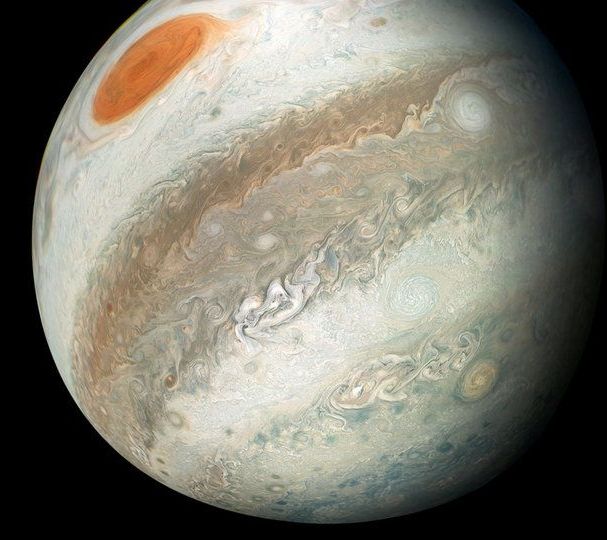
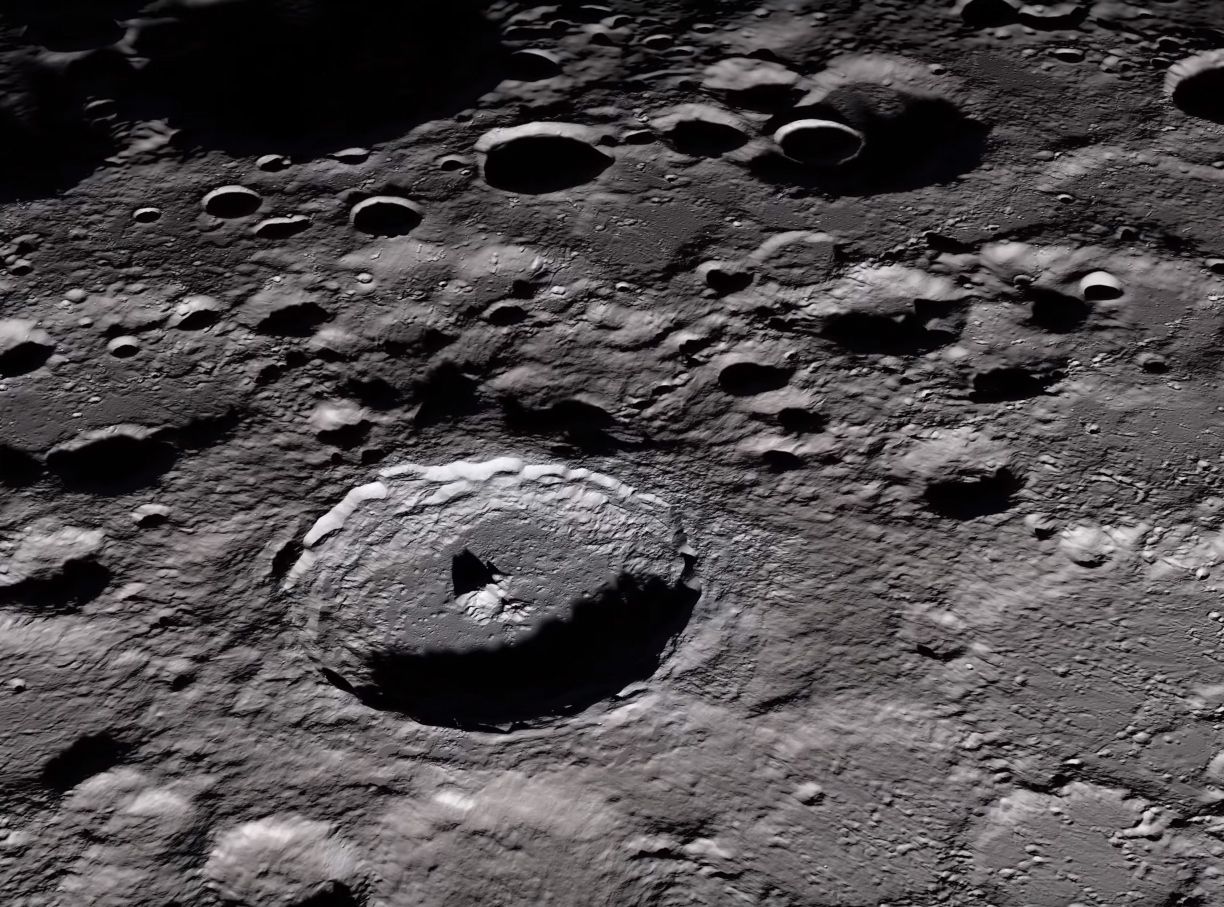
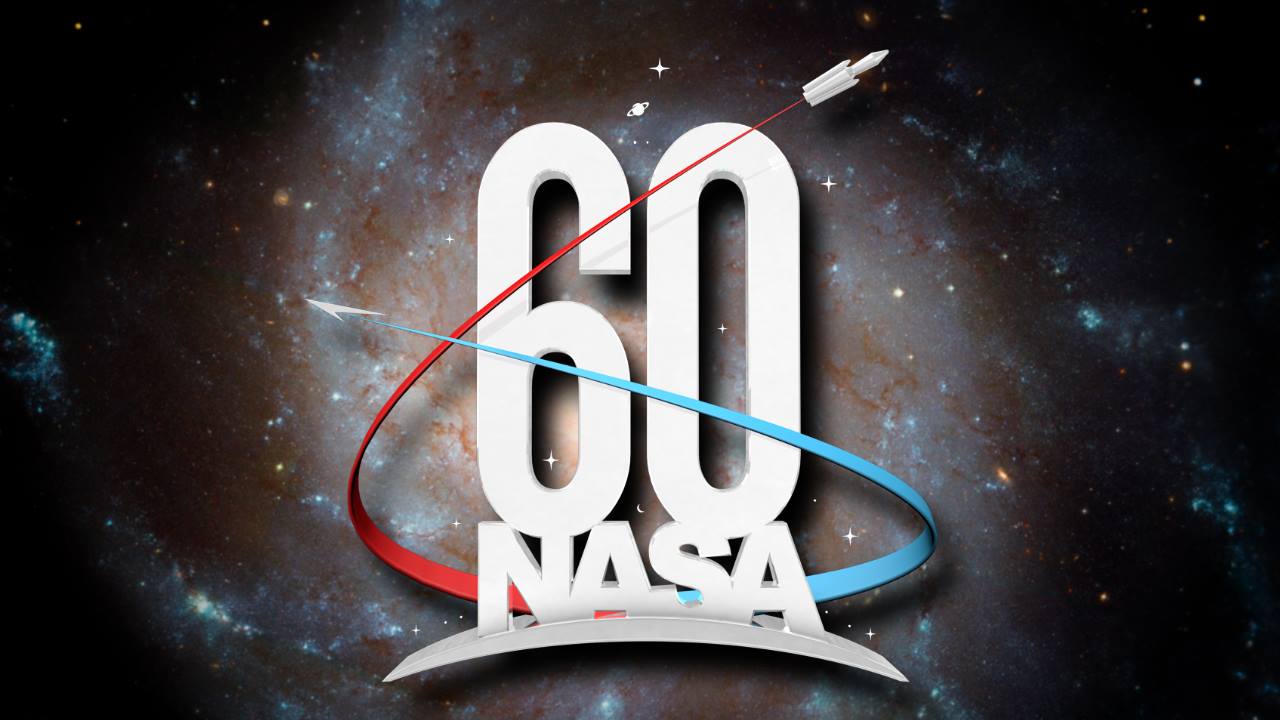



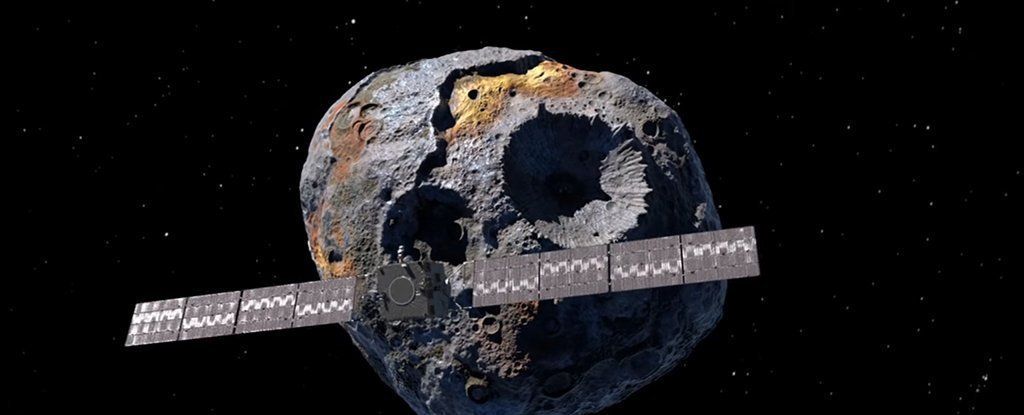
 NASA conception)
NASA conception) 